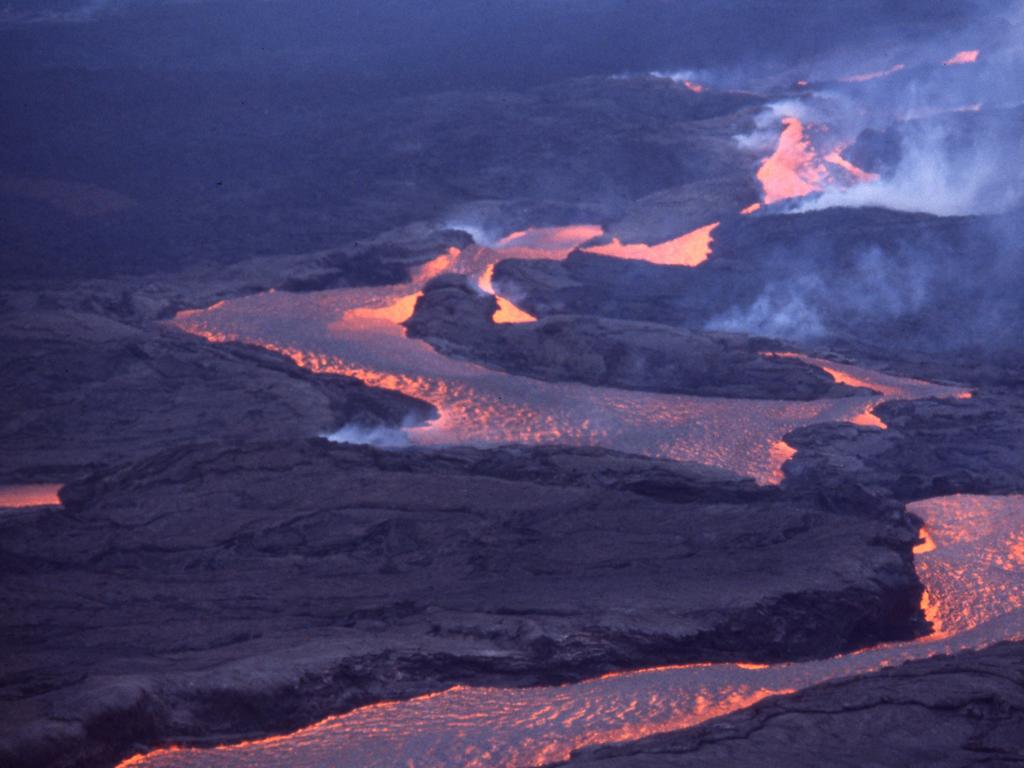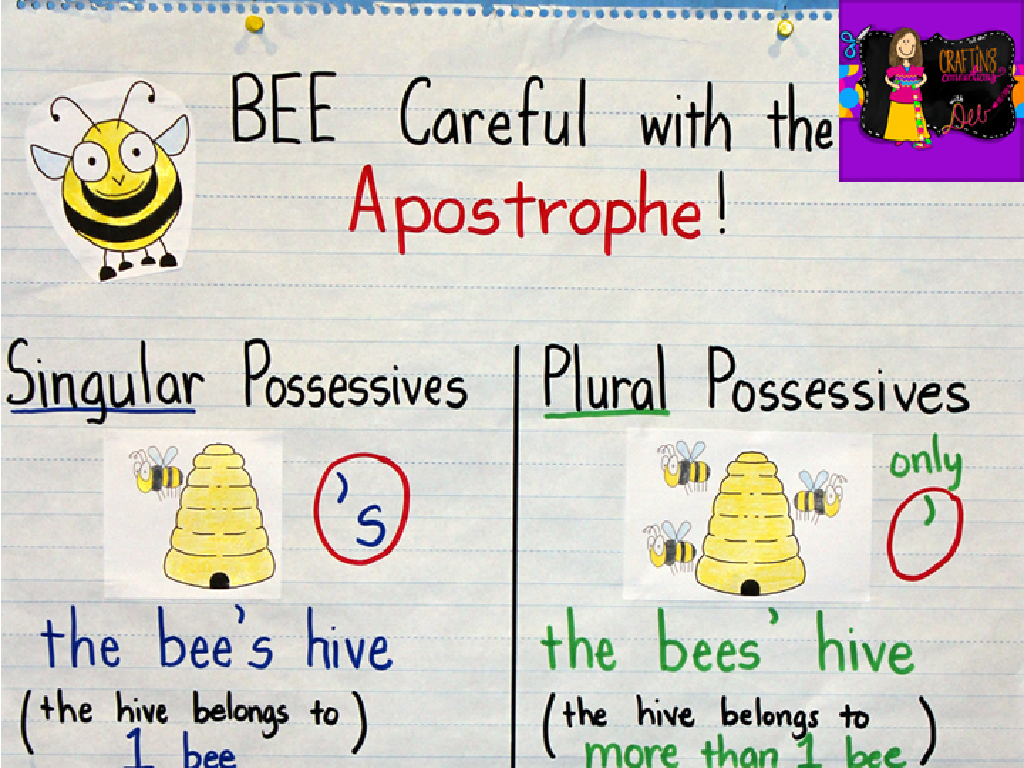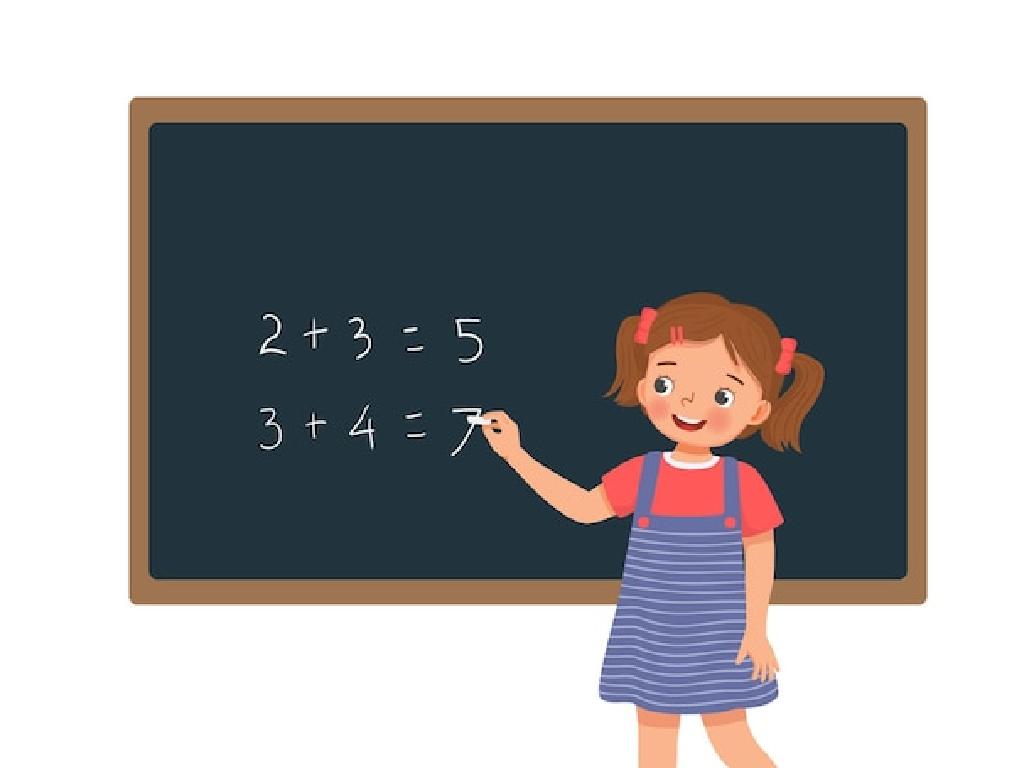The Crusades
Subject: Social studies
Grade: Seventh grade
Topic: Medieval Europe
Please LOG IN to download the presentation. Access is available to registered users only.
View More Content
Exploring The Crusades in Medieval Europe
– Medieval Europe’s landscape
– A period marked by feudalism, castles, and the Church’s power
– The Crusades: A historical campaign
– Series of religious wars between Christians and Muslims
– Learning goals for today
– What you’ll know by the end
– You’ll be able to describe the causes and effects of the Crusades
|
This slide introduces students to the complex tapestry of Medieval Europe, setting the stage for a focused discussion on the Crusades. Emphasize the significance of this era, characterized by feudalism, the rise of the Catholic Church, and the knighthood. The Crusades were pivotal religious wars that had lasting impacts on both European and Middle Eastern societies. By the end of the lesson, students should understand the motivations behind the Crusades, the key events and figures, and the long-term consequences of these conflicts. Encourage students to think critically about how history is shaped by the perspectives of those who record it.
Understanding The Crusades
– Definition of the Crusades
– Crusades were military campaigns sanctioned by the Latin Church.
– A series of religious wars
– They were fought mainly against Muslims for control of Jerusalem.
– Main goal: Capture the Holy Land
– Christians sought to reclaim Jerusalem from Islamic rule.
– Impact on Medieval Europe
– Crusades shaped cultural and political dynamics of the time.
|
The Crusades were a series of religious and political wars between the 11th and 15th centuries, initiated by the Latin Church in the medieval period. The primary objective was to capture the Holy Land, particularly Jerusalem, from Muslim control. These wars had a profound impact on the social, political, and economic landscape of Medieval Europe, influencing the era’s power structures and cultural exchanges. It’s important to discuss the motivations behind the Crusades, the key figures involved, and the long-term consequences for both the Christian and Muslim worlds. Encourage students to consider the complexity of these events and their lasting historical significance.
Causes of The Crusades
– Religious beliefs influence
– Desire to control sacred lands like Jerusalem
– Political and territorial goals
– Leaders sought to expand their power and land
– Economic gain motivation
– Crusaders aimed for wealth through trade routes
– Social status improvement
– Nobles and knights saw a chance to elevate status
|
This slide aims to explain the multifaceted causes behind the Crusades. Emphasize that while religious fervor was a driving force, with Christians seeking to reclaim Jerusalem and other holy sites from Muslim control, there were also significant political and economic factors at play. Kings and nobles pursued the Crusades to extend their domains and assert their power, while many participants were lured by the promise of wealth, either through direct plunder or by establishing trade routes. Additionally, participating in the Crusades was a way for individuals, especially knights and younger sons of nobility, to gain social prestige and improve their status. Discuss how these intertwined motives contributed to the complex history of the Crusades.
Timeline of The Crusades
– First Crusade (1096-1099) overview
– Captured Jerusalem, setting precedent for future crusades.
– Key events: Second & Third Crusades
– Second: failed to recapture Edessa. Third: led by kings, resulted in truce.
– Later Crusades and their impact
– Less successful, with waning enthusiasm and support.
– Understanding the Crusades’ legacy
– The Crusades influenced medieval society, culture, and politics.
|
This slide provides a brief timeline of The Crusades, highlighting the major events and their outcomes. The First Crusade established the pattern of military expeditions to the Holy Land, resulting in the capture of Jerusalem. The Second and Third Crusades were marked by significant battles, such as the failed attempt to recapture Edessa and the Third Crusade led by European kings, which ended in a truce rather than a clear victory. Later Crusades saw diminishing returns, with less success and declining support. The legacy of The Crusades is complex, affecting medieval society, culture, and politics, and it’s important to discuss the long-term effects and how they shaped the relationship between Christian and Muslim worlds. Encourage students to reflect on the reasons for the changes in impact and effectiveness of the Crusades over time.
Life of a Crusader
– The Crusaders’ arduous journey
– Long travels, battles, and scarce resources marked their journey.
– Daily life on a Crusade
– Routine included setting camp, maintaining armor, and prayer.
– Roles within the Crusader ranks
– From knights to foot soldiers, each had a specific role.
– Responsibilities of Crusaders
– Knights led battles, while others provided support and supplies.
|
This slide aims to give students a glimpse into the life of a Crusader during the medieval military expeditions. Emphasize the difficulties faced during their long and perilous journeys, such as the lack of food, the harsh weather, and the constant threat of battle. Discuss the daily routines, including setting up camp, maintaining weapons and armor, and the role of faith in their lives. Highlight the hierarchical structure of the Crusader ranks, explaining the different roles from knights to sergeants and foot soldiers, and their respective responsibilities. Encourage students to consider how the life of a Crusader might compare to modern soldiers’ experiences.
Impact of The Crusades
– Short-term vs. long-term effects
– Immediate impacts and lasting legacies in Europe and the Middle East
– Cultural exchanges
– Exchanges led to shared ideas and artifacts
– Knowledge spread
– Crusaders brought back texts and knowledge, influencing European thought
– Economic changes and trade
– Trade routes expanded, new goods, and economic growth
|
This slide aims to explore the multifaceted impact of the Crusades on both Europe and the Middle East. Discuss the immediate consequences, such as political power shifts, as well as enduring effects, like the cultural blending that occurred due to prolonged contact. Highlight how the Crusades facilitated cultural exchanges, leading to a transfer of ideas, technologies, and artifacts that enriched both societies. Emphasize the spread of knowledge, particularly the rediscovery of classical texts that Crusaders brought back, which played a part in sparking the Renaissance. Lastly, address the economic changes, including the rise of trade and the development of new markets, which had a significant influence on the economic landscape of Medieval Europe. Encourage students to think about how these changes might have shaped the modern world.
The Crusades: Analyzing a Key Battle
– Examine a major Crusade battle
– Explore battle strategies used
– Knights vs. Saracens: tactics and formations
– Identify critical turning points
– Decisive moments that changed the battle’s course
– Assess battle consequences
– Impact on territory control and morale
|
This slide delves into a specific, significant battle during the Crusades to provide students with a deeper understanding of medieval warfare and its implications. Students will analyze the strategies employed by both the Crusaders and their opponents, focusing on how tactics and battle formations led to victory or defeat. Highlight the pivotal turning points that influenced the outcome of the battle. Discuss the aftermath, including territorial changes, shifts in power, and the psychological impact on both sides. This analysis will help students grasp the complexity of historical conflicts and their long-term effects on societies.
The Legacy of The Crusades
– Shaped modern religious boundaries
– The Crusades led to lasting tensions between religions, influencing the map of modern Europe and the Middle East.
– Influenced art and architecture
– Gothic architecture and religious art flourished, inspired by the interchange of cultures.
– Affected literature
– Literature was enriched with themes of chivalry and tales from the Crusades.
– Debates on Crusades’ morality
– Discussions on the ethics of the Crusades and their impact on today’s society.
|
This slide aims to explore the enduring impact of The Crusades beyond their historical timeline. Students should understand how the religious and political boundaries of today are, in part, a result of these medieval conflicts. The Crusades also left a mark on the cultural landscape, influencing art, architecture, and literature with new styles and narratives. Additionally, the moral implications of The Crusades are still debated, providing a valuable lesson in ethics and the consequences of historical events. Encourage students to think critically about how past events shape our present and future.
Class Activity: Role-Play Debate on The Crusades
– Divide into groups for role-play
– Each group argues their perspective
– Assume roles of Crusaders, Muslims, traders, or peasants
– Discuss historical interpretations
– How do various groups view the Crusades differently?
– Reflect on the activity’s insights
|
This activity aims to deepen students’ understanding of the Crusades by exploring the complex perspectives involved. Divide the class into four groups, each representing different roles such as Crusaders, Muslims, traders, and peasants. Each group will research and present arguments defending their perspective’s stance on the Crusades. After presentations, lead a discussion on how historical events like the Crusades can be interpreted in multiple ways, depending on one’s viewpoint. Encourage students to reflect on what they learned about the biases and reasons behind different historical interpretations. Possible activities: 1) Debating the justification of the Crusades, 2) Discussing the impact on trade and commerce, 3) Exploring the cultural exchanges that occurred, 4) Analyzing the long-term effects on European and Middle Eastern societies.
Conclusion: The Crusades’ Legacy
– Recap the Crusades’ significance
– Lessons from The Crusades today
– Consider religious tolerance, conflict resolution
– Homework: Reflect on their impact
– How they shape modern society
– Think about cultural exchanges, historical conflicts
|
This slide aims to wrap up the lesson on The Crusades by summarizing their historical significance and prompting students to reflect on the lasting effects these events have on the modern world. Encourage students to think critically about the consequences of religious conflicts and the importance of cultural understanding and tolerance. For homework, students will write a one-page reflection to explore how the legacy of The Crusades influences contemporary society, considering aspects such as cultural interactions, historical conflicts, and their resolutions. This exercise will help students develop their analytical and empathetic skills by connecting past events to current global issues.






